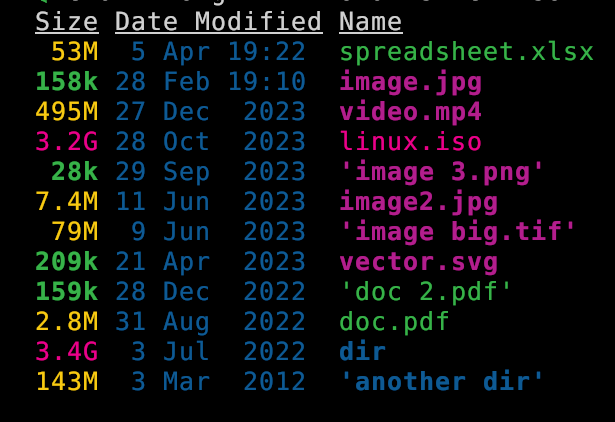140
you are viewing a single comment's thread
view the rest of the comments
view the rest of the comments
this post was submitted on 07 Apr 2024
140 points (96.7% liked)
Linux
48132 readers
467 users here now
From Wikipedia, the free encyclopedia
Linux is a family of open source Unix-like operating systems based on the Linux kernel, an operating system kernel first released on September 17, 1991 by Linus Torvalds. Linux is typically packaged in a Linux distribution (or distro for short).
Distributions include the Linux kernel and supporting system software and libraries, many of which are provided by the GNU Project. Many Linux distributions use the word "Linux" in their name, but the Free Software Foundation uses the name GNU/Linux to emphasize the importance of GNU software, causing some controversy.
Rules
- Posts must be relevant to operating systems running the Linux kernel. GNU/Linux or otherwise.
- No misinformation
- No NSFW content
- No hate speech, bigotry, etc
Related Communities
Community icon by Alpár-Etele Méder, licensed under CC BY 3.0
founded 5 years ago
MODERATORS

I used
lsdbefore switching toexa. BTW I was the one who suggested to integrated hyperlink option tolsd. :-) Not saying it wouldn't be added otherwise, but at least it sped up the process back then.^^On the topic of filesystem boundaries, this is something I always have in mind. Hardlinks in example cannot be on two different drives, by its nature. It's an option I use with my own
duscript often:-x. It helps to keep things in check and simplifies some things, as I have a complex of multiple drives that are mounted into my home from various places, plus the symbolic links from Steam and so on. Avoiding other filesystems is part of my "workflow", if you so will and would like to see such an option as well.I just noticed
exahas an option-Hor--linksto list each file's number of hard links. So at least it is aware of hardlinks and could calculate the total size correctly.